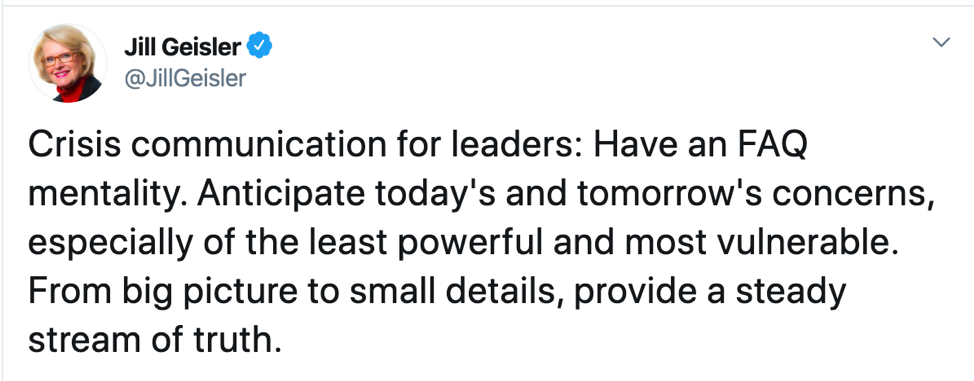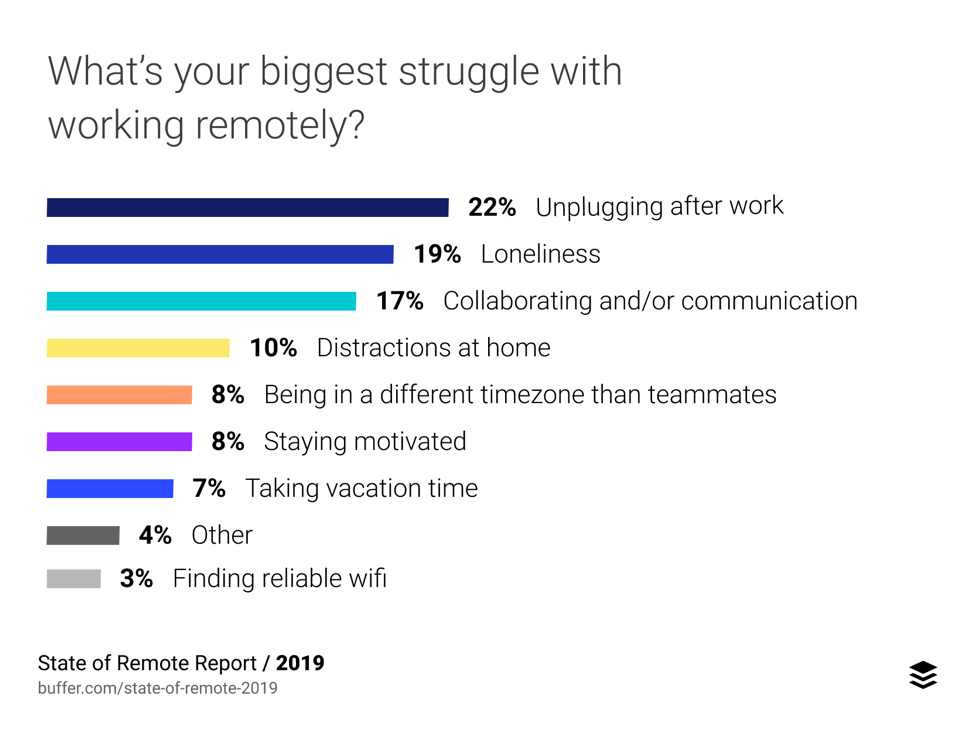 Covering COVID-19 is a daily Poynter briefing about journalism and coronavirus, written by senior faculty Al Tompkins. Sign up here to have it delivered to your inbox every weekday morning.
Covering COVID-19 is a daily Poynter briefing about journalism and coronavirus, written by senior faculty Al Tompkins. Sign up here to have it delivered to your inbox every weekday morning.
I urge journalists to address this need. Addiction recovery meetings, like everything else, are being interrupted by COVID-19. But there are lots of options, like virtual AA meetings.
The Los Angeles Times provides this useful passage: “For Spanish speakers in rural areas there’s Grupo Universal de AA, which conducts voice-only meetings through Skype, and for those who are hard of hearing, there’s Wednesday Text Chat, which conducts meetings via Zoom.”
There are also recovery chat rooms online that meet virtually every hour of the day.
Dr. Lipi Roy, who teaches with me in Poynter’s series of Covering Jails workshops around the country, is an addictions specialist. She writes:
Social distancing, the primary preventive measure advised by the (Centers for Disease Control and Prevention), poses unique problems for people experiencing (substance abuse disorders) and attempting to achieve or maintain long-term recovery. A common saying in this community is that the opposite of addiction isn’t sobriety, it’s CONNECTION.
“This is an especially challenging time for people with (substance abuse disorders) since an important part of recovery is social support,” said Joshua Lynch … an emergency medicine physician and co-founder of Buffalo Matters, a program designed to aid healthcare providers in treating people with opioid use disorder.
The Substance Abuse and Mental Health Services Administration office is also monitoring opioid treatment centers during this time of social distancing. It offers guidelines about the delivery of medications.
Some of the interruptions you may not have considered
The people who take in my dry cleaning told me Monday that business has fallen off the cliff. People are working from home and not wearing business attire. My friends at the dry-cleaning store also said they wash their hands every time they touch money.
A realtor friend lost a sale Monday because the buyer’s down payment evaporated with the stock market drop. He said realtors are talking about interruptions being caused by buyers and sellers who can’t or won’t show up for sale closings, and that a lot of people are asking whether there will be flexibility in moving dates if they are quarantined or self-quarantined.
A friend who works at a hair salon said it is not possible to do business while remaining six feet away from customers. In China, salons closed during the worst of the outbreak. Department store makeup counters are already suspending services in the U.S.
A dose of reality from the field
TV newsrooms are changing the basic ways they “do TV.”
Stations have issued directives for “no two-shots” showing anchors sitting next to each other. I know one TV anchor who is planning to use a virtual studio in her house if it comes to that. TV stations are limiting or even banning in-studio guests, interviewing by Skype and dropping production concerns.
Newsrooms are banning public food sharing, like the ever-present newsroom pizza. Stations that usually use a crawl text at the bottom of the screen now are only putting essential COVID-19 information on that crawl — obviously no sports and no non-essential information.
My friend, veteran Baltimore TV reporter Mike Schuh at WJZ (owned by CBS), posted an update about how he and his colleagues are doing their work. He said field crews are staying in the field, not returning to the office, and they have changed the kinds of microphones they are using. Here is his post:
In order to reduce exposure to those who might have the virus, at our station … the field crews no longer are using wired or wireless lav microphones on subjects. Shotgun microphones and stick mics are the way for the foreseeable future.
Let me explain that part. Field crews want to avoid attaching microphones to subjects to reduce physical contact, even though wireless and wired lavalier microphones get better closeup sound. Instead, they are using handheld microphones that look ugly and might not capture the sound as crisply but allow reporters to stand further away. Better yet, shotgun mics allow them to stand further away and get closeup sound.
Schuh continues:
Further, to not bring the virus into the building, reporters and photographers have been deemed not essential to keep the core broadcast on the air, so we are prohibited from entering the station. We meet in the field, do our jobs, edit and feed via microwave or TVU. TVUs, battery chargers, GoPros and other pass-around gear have been relocated to the secure garage at the station.
Photojournalists are now taking their cars home with them at night.
The TVUs he refers to are the cellphone-connected packs that TV stations use these days instead of live trucks.
The Radio Television Digital News Association has a first-rate roundup of what other newsrooms in Washington State are doing to keep crews safe. You will see the guidelines that KING, KOMO and KXLY have put in place.
All of these changes will require high levels of communication so that field crews do not feel abandoned or shut out. My friend and leadership guru Jill Geisler posted some practical advice for newsrooms:
[the_ad id=”667872″]
How to work at home and do it well
There is a fair chance that you are reading this while working from home. The people who are really good at working from home say you need some structure to your schedule to be really productive.
My friend Theresa Collington, who worked with WorkingNation, a nonprofit campaign about economic change and disruption, said she has learned a lot about how to work at home successfully.
“One of the biggest lessons for journalists to keep in mind is that you are not in the newsroom, so don’t come rushing out of your home workspace and talk to family members like you are talking in a newsroom,” she said. “They are not on deadline. You are.”
That advice resonated with me more than maybe it should have. When I work at home, I do get into the office mindset.
Inc. recommends that you keep a designated workspace at your home. Writing for Inc., contributing editor Bill Murphy Jr. said: “Preferably, you need natural light and a door, so that you can separate your work from your home life when the workday is done.”
The BBC ran a story that brought up the great point that working from home will require you to be purposeful about communicating with coworkers. The story said:
“Have really clear-set expectations for communications day to day,” says Barbara Larson, a professor of management at Northeastern University in Boston who studies remote working. “Ask (your manager) if they don’t mind having a 10-minute call to kick off the day and wrap up the day. Often times, managers just haven’t thought of it.”
A survey last year by the social media management company Buffer found that the No. 1 complaint about working from home is not being able to unplug. But the No. 2 issue might surprise you.
Keep in mind that if you video chat from home, you should be thoughtful about your background. Cut the clutter to keep a professional image.
Your regular workspace may not have all of the distractions you will have at home. My worst habit working at home is having news running nonstop on cable TV, the radio and basically everything I can. I am sure it reduces my focused attention.
Is working at home a cybersecurity risk?
While we are focused on our health and safety, let’s take a step back to be sure we are not exposing our computer systems to viruses of another kind.
In your office you may be connected to the internet via hardwire cables, or at least on a protected wireless system. But at home, maybe not.
CI Security, a cybersecurity consulting company, posted an advisory for those working from home to “avoid public Wi-Fi” and do what you can to encrypt your work. Even using a personal hotspot is better than using an open, public Wi-Fi network.
I have been hearing from journalists whose newsrooms are requiring them to use a virtual private network, or VPN, when they file remotely. For CI Security, analyst Alex Laws said:
For many remote access applications, you should use a VPN. VPNs provide a flexible connection to connect to different services (web pages, email, a SQL server, etc.) and can protect your traffic. Keep in mind that not all VPNs are worth the money; it’s a good idea to evaluate your must-haves before you choose a VPN technology. Keep in mind that VPN services provided for privacy purposes only protect the data to and from the VPN provider, not to the destination, so are not suitable for protecting remote access.
PC Magazine and CNET both do annual surveys of what they consider to be the best VPNs.
Another hazard of working from home is that you may be tempted to use work computers or work mobile devices for personal communication.
If you have been assigned a work computer, use it for work. Don’t connect the work computer to unprotected servers to dash off a text or email.
CI Security reminds you, “In heavily regulated industries, like healthcare, losing specific data could result in huge fines. Making sure these devices are encrypted in order to turn a disaster (data compromise) to an annoyance (loss of the device, but no compromise.) In many states, breach disclosure laws do not come into effect if the data was encrypted.”
[the_ad id=”667878″]
Share your work
We’re looking for your coronavirus coverage, and we want you to share it all. That means short stories, long stories, all media including radio, photo essays, podcast ideas and of course print, online, data viz and social media treatments. We’ve built a short form for you to fill out here. Interesting work will soon be featured on Poynter.org.
We’ll be back tomorrow with a new edition of Covering COVID-19. Sign up here to get it delivered right to your inbox.
Al Tompkins is senior faculty at Poynter. He can be reached at atompkins@poynter.org or on Twitter, @atompkins.








